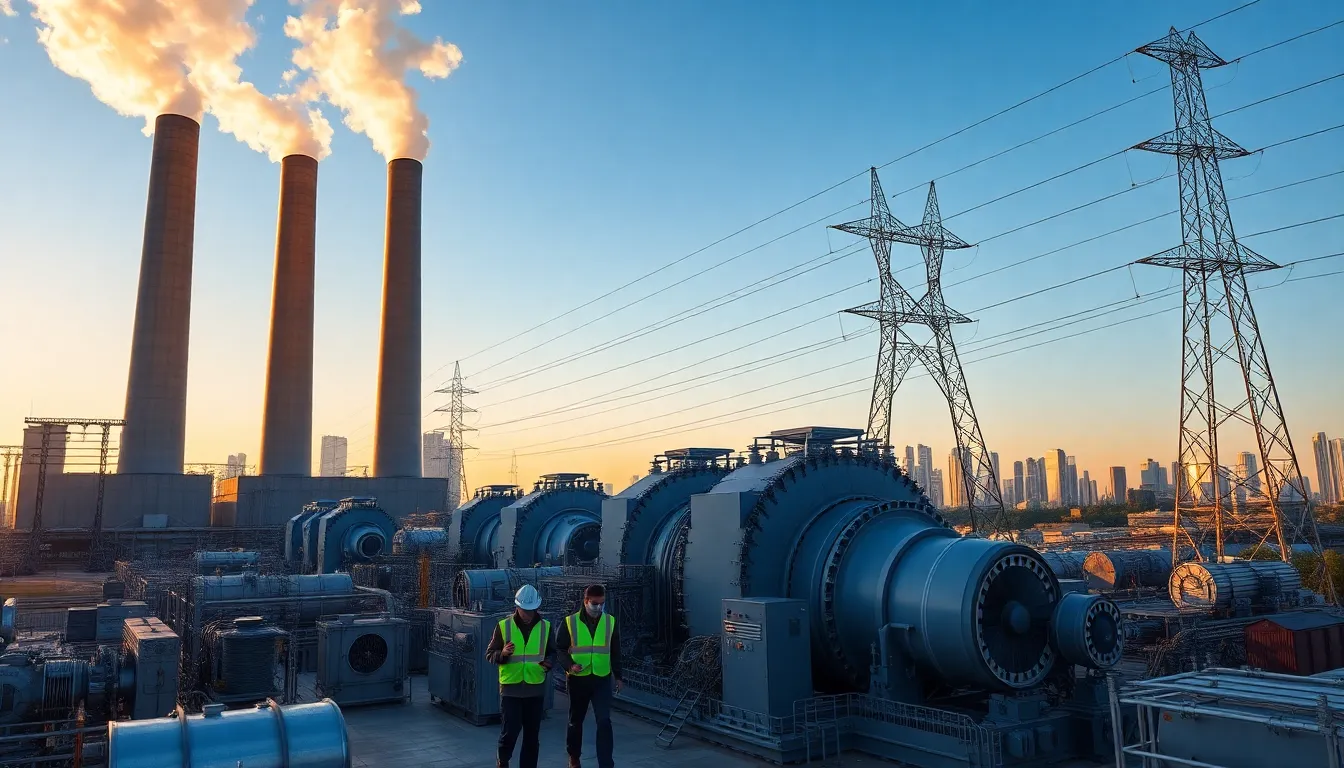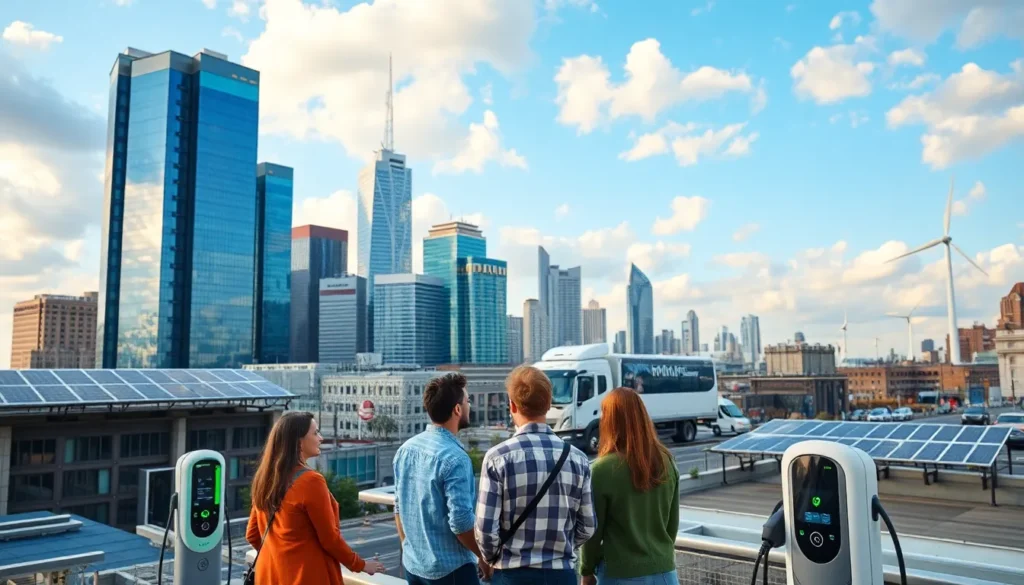Table of Contents
ToggleIn an era where energy consumption is a critical topic of discussion, the concept of ‘lots of power’ emerges as crucial. From powering our homes to driving industrial processes, understanding this term can significantly impact how individuals and organizations manage energy resources. This article delves into what ‘lots of power’ means, its significance in daily life, its various applications, and the challenges it poses as we stride towards a more energy-conscious future.
What Is Lots Of Power?

‘Lots of power’ broadly refers to the availability and use of substantial electrical energy. In technical terms, it can be defined as a high capacity of energy that is generated, transmitted, or consumed. Power, measured in watts (W), signifies the rate at which energy is used or produced.
To put it simply, when someone mentions ‘lots of power,’ they are usually referring to systems or sources capable of supplying significant energy, which can meet high demand without the risk of overload. This concept is not just theoretical: it reflects a real-world scenario where power generation and consumption heavily influence modern lifestyle and industrial operations.
The Importance Of Power In Daily Life
Power is an essential part of daily life and forms the backbone of modern society. Homes today rely on electricity for lights, heating, cooling, and various appliances. In fact, the importance of power becomes clear when considering that the majority of modern conveniences, like cooking, cleaning, and entertainment, depend on its availability.
Also, power supports healthcare systems, educational institutions, and even basic infrastructure like transportation and communication. These elements demonstrate that providing ‘lots of power’ is critical for economic growth and social development. The lack of adequate power supply can disrupt daily activities, lead to inefficiencies, and eventually hinder societal progress.
Applications Of Lots Of Power
The applications of ‘lots of power’ are vast and diverse, spanning various sectors:
Residential Usage
In residential settings, ‘lots of power’ translates to the capability of an electrical grid to supply energy for refrigerators, HVAC systems, and home entertainment systems. Smart homes use advanced technology that requires reliable power supply.
Industrial Applications
Industries, particularly manufacturing and heavy industries, demand large amounts of power for machinery, production lines, and equipment. Here, power availability can determine operational capacity and efficiency.
Renewable Energy
The shift towards renewable energy sources, like wind and solar, checks the availability of lots of power generated sustainably. These systems are designed to produce large amounts of energy, reducing dependency on fossil fuels and lowering carbon footprints.
Data Centers
Increasingly, data centers, which house servers and network equipment, require significant power to function effectively. They prioritize ‘lots of power’ to ensure uninterrupted service and optimal performance.
Challenges And Limitations
Even though the essential role of ‘lots of power’ in daily life and various applications, challenges and limitations persist. These include:
Infrastructure Issues
Many regions struggle with outdated infrastructure that cannot handle the high demand for electricity. This can lead to brownouts and blackouts, disrupting services.
Environmental Concerns
The generation of power, especially from non-renewable sources, raises serious environmental concerns. Using ‘lots of power’ from fossil fuels contributes to pollution and climate change, necessitating a critical look at energy choices.
Economic Factors
The cost associated with producing and consuming power is a significant concern. High power demands can result in increased energy costs, affecting households and industries alike.
Future Trends In Power Usage
As society progresses, future trends in power usage are set to transform how individuals and industries engage with energy:
Smart Grids
Emerging technologies like smart grids will revolutionize energy distribution, enabling real-time monitoring and management of power usage, making it more efficient. This will allow better integration of renewable sources, leading to a sustainable energy future.
Energy Storage Solutions
Advancements in energy storage technologies such as battery systems promise to store excess energy generated during peak production times. These systems would help a consistent supply, allowing for effective utilization of ‘lots of power’ even when generation is low.
Electric Vehicles (EVs)
The adoption of electric vehicles is increasing, driven by the necessity for cleaner alternatives to gasoline-powered cars. This shift will significantly impact power demand patterns and the infrastructure required to support large-scale EV charging.
Conclusion
Summarizing, ‘lots of power’ encapsulates a vital concept that touches nearly every aspect of modern living. As society becomes more reliant on energy, understanding the significance, applications, and challenges of power becomes crucial. Future advancements will continue to shape how power is generated, distributed, and consumed, paving the way for smart and sustainable energy solutions. By addressing existing limitations and navigating future trends, individuals and industries can better position themselves in an increasingly energy-dependent landscape.





